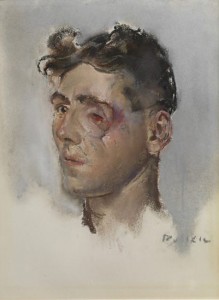 Art History and Medical Education
Art History and Medical Education
Small Moments of Change: Medical Humanitieses
An interview conducted with Art History Chair Jeanette Kohl by Katherine Miller
Dr. Jeanette Kohl uses this historic example to show how the humanities can foster human connection. Professor Kohl—Chair of the Art History Department at UCR, and passionate art historian with an interest in the history of the body as well as Renaissance portraiture and sculpture—supports creating more inclusive programs linking the humanities and sciences. Last December she organized “Vesalius and His Worlds: Medical Illustrations during the Renaissances” at The Huntington. She explains how this conference brought together people who were interested in the subject from a collecting point of view, a visual point of view, and an academic point of view. Read More
